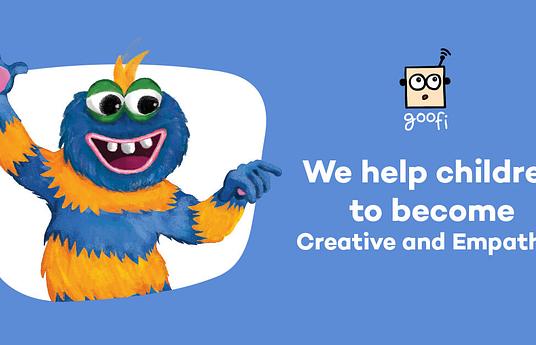What we do?
Scratch helps young people learn to think creatively, reason systematically, and work collaboratively — essential skills for life in the 21st century.
Scratch was first launched as a desktop application in 2007 by the Lifelong Kindergarten Group at the MIT Media Lab. Inspired by the early programming language Logo, Scratch was developed as an open source, block-based platform to support a wide range of creative expression. Scratch 3.0, launched in 2019, is designed to work in any current browser and on a wide variety of devices — including touch devices like tablets. Kids can create their own interactive stories, games, and animations on their computer and share them with the online community by uploading them to the Scratch website. No internet? No problem. The Scratch app allows you to create Scratch projects without an internet connection. With more than 43 million registered users, Scratch is now the world’s largest creative coding community for children.
The Scratch online community lies at the heart of Scratch as a collaborative tool. Scratch users can remix any project on the Scratch website to modify and add their own ideas. We believe that remixing other people’s projects is a great way to learn to program and to create interesting projects. Through remixing, creative ideas spread through the Scratch community, and everyone benefits. In the spirit of collaboration, Scratch also supports user comments and collections of themed projects in Scratch studios.
Scratch is used in hundreds of thousands of schools around the world, in many different subject areas (including language arts, science, history, math, and computer science). You can learn more about strategies and resources for using Scratch in schools and other learning environments (such as museums, libraries, and community centers) on our Educators Page and Scratch in Practice (SiP) Page.
Scratch and partner organizations continue to innovate with ways to integrate Scratch with other technologies and experiences through their extensions library. For example, there are built-in extension blocks that enable you to program physical devices (such as micro:bit, MaKey MaKey, and LEGO robotics kits). There is also an experimental extensions site that supports integration with more advanced hardware and technologies such as the Internet of things (IoT) and augmented reality (A/R). The team will keep adding new extensions over time, so what you can do with Scratch will continue to grow over time!
The Lifelong Kindergarten Group at MIT and collaborators continue to research how people use and learn with Scratch. Find out more about Scratch research and statistics.
Why we do it?
Our mission is to provide all children, from all backgrounds, with opportunities to imagine, create, and collaborate – so they can shape the world of tomorrow.
We envision a world where all children, from all backgrounds, can become full and active contributors to tomorrow’s society.



